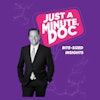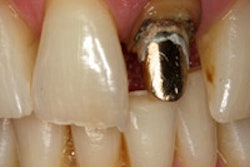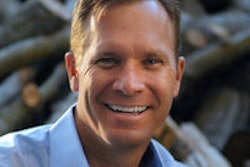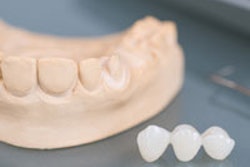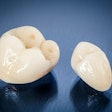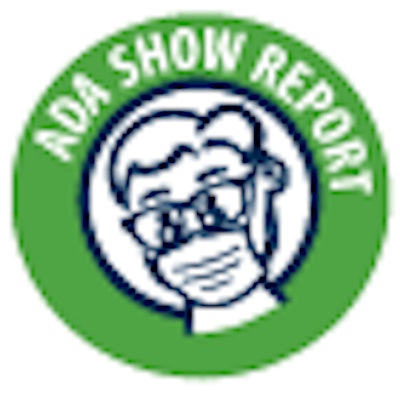
A talk hosted by the University of the Pacific Arthur A. Dugoni School of Dentistry head of technology during the ADA 2012 Annual Session in San Francisco highlighted the breakneck pace that technology development in digital restorative dentistry has reached.
"Sure enough, changes took place this week where I had to update my talk," said Parag Kachalia, DDS, vice chair of preclinical education, technology, and research in the department of integrated reconstructive dental sciences.
Digital impressioning is changing because the marketplace has a better understanding of dentistry, he emphasized. "They're asking questions like, 'How can we take scanning into the office?' And now we're getting to the point where digital dentistry is like an iPhone."
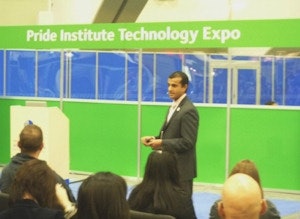 Parag Kachalia, DDS, discussed digital restorative dentistry at the 2012 ADA Annual Session in San Francisco.
Parag Kachalia, DDS, discussed digital restorative dentistry at the 2012 ADA Annual Session in San Francisco.
The existing hardware of the phone is very good, and new advantages will primarily be software-based, Dr. Kachalia noted. "Updates will come in the future where you add the functionality that you want."
(In fact, during the ADA meeting Dexis previewed Dexis Go, a new iPad app for the Dexis Imaging Suite that will be available for free from the iTunes App Store in January 2013.)
According to Dr. Kachalia, the industry could see another 20 digital impressioning systems enter the marketplace during the next five years. "Acquisitions have made smaller companies more viable," he stated.
Price reductions, speed increases
In the meantime, new product introductions abound. 3M ESPE's release of its True Definition intraoral scanner "changed my opinion of digital dentistry overnight -- the prices dropped in half," Dr. Kachalia stated. "We so-called tech experts were shocked." (The scanner retails for $11,995, with data plans starting at $199 per month. Other scanners on the market sell for $20,000 to $30,000.)
“Acquisitions have made smaller companies more viable.”
In addition to improvements in the cost of the equipment, the technology offers practical advantages that make it increasingly attractive in clinical practice.
"Studies show that digital impressions are equally, if not more, accurate than traditional ones," Dr. Kachalia explained. He described a clinical case he participated in involving dental students in which 100 restorations were performed with a 22% decrease in time.
"Students do everything I tell them not to do," Dr. Kachalia said. "They were asking about digital impressions, so we let these students not take a traditional impression. The learning curve was better, the need for multiple visits was reduced. One did six units in less than an hour with zero adjustments for occlusion. We thought, 'Great, now this student thinks six unit cases are easy.' But the technology worked."
In his opinion, the Trios by 3Shape will become increasingly competitive due to its quality. "It's not prevalent in the U.S. (yet), but lab techs know," Dr. Kachalia said. "And it has a huge presence in Europe and elsewhere abroad."
In addition, the Trios is powder-free and takes 3,000 2D images per second, "so it's essentially video scan, and there's no minimum distance from the tooth required," he said. "Plus, the scan clears out redundant information and faster uploads are the result."
The Trios offers other user-friendly features, he added. "Scanning is comfortable -- the wand looks like an impression gun and that's very familiar to dentists." It also has an autoclavable scanner tip, he noted.
The E4D by D4D Technologies also received praise. "It's the first in-office, powder-free scanning and milling system," Dr. Kachalia said. "It has the ability to design multiple restorations at one time. The red laser scanning works through image acquisition, so the camera fires anytime it's in focus."



